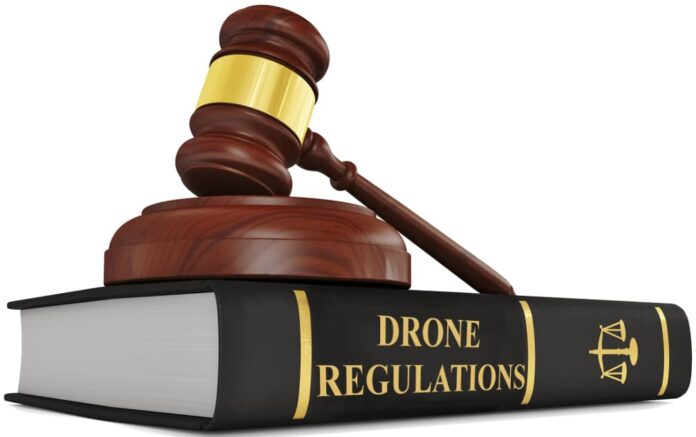E-commerce giant Amazon.com, Inc. (NASDAQ:AMZN) has expressed dissatisfaction over the lack of swiftness shown by federal regulators in handling matters related to drone regulations. It was only last week that the Federal Aviation Administration (FAA) had permitted Amazon to test a delivery drone outdoors.
However, the company has reported that the same model had already turned because the approval came after a long wait of six months. The company has already graduated to advanced technology which is being tested outside the U.S.
Amazon’s vice-president for global public policy, Paul Misener, has issued a statement that the company had never been required to wait for more than one or two months except in U.S.
It may be noted that drone technology has immense potential and will bring about huge cost savings along with higher revenues for a number of industries in the days to come. Meanwhile, in order to pacify the industry representatives, FAA has come up with a new “blanket” approval for drone use without seeking a fresh approval each time. This approval is only with respect to flights which go up to 200 feet (61 meters) during daytime and that too within the range of sight of a drone operator.
Amazon intends to fly drones up to 10 miles (16km) or even more and that too autonomously for the purpose of delivering packages to its customers. However, FAA’s associate administrator for aviation safety, Margaret Gilligan, has come forward to defend the regulator. She says the U.S. airspace sees the heaviest traffic and hence has to be extremely cautious before granting approval for drone actions. FAA is also planning to come up with new regulations within a year’s time.
It is expected that FAA will raise the existing ban on most commercial drone flights albeit with limitations in terms of altitude (150 meters), flights only during day and being in line of sight of the drone operators. This would actually make the same useless for package delivery and various business applications. Also, these rules are not expected to be finalized before late 2016 or early 2017.
In the meantime, the Government Accountability Office has issued a report saying that Australia, Canada, France and the United Kingdom are already moving towards integration of airspace and make it feasible for commercial application.









